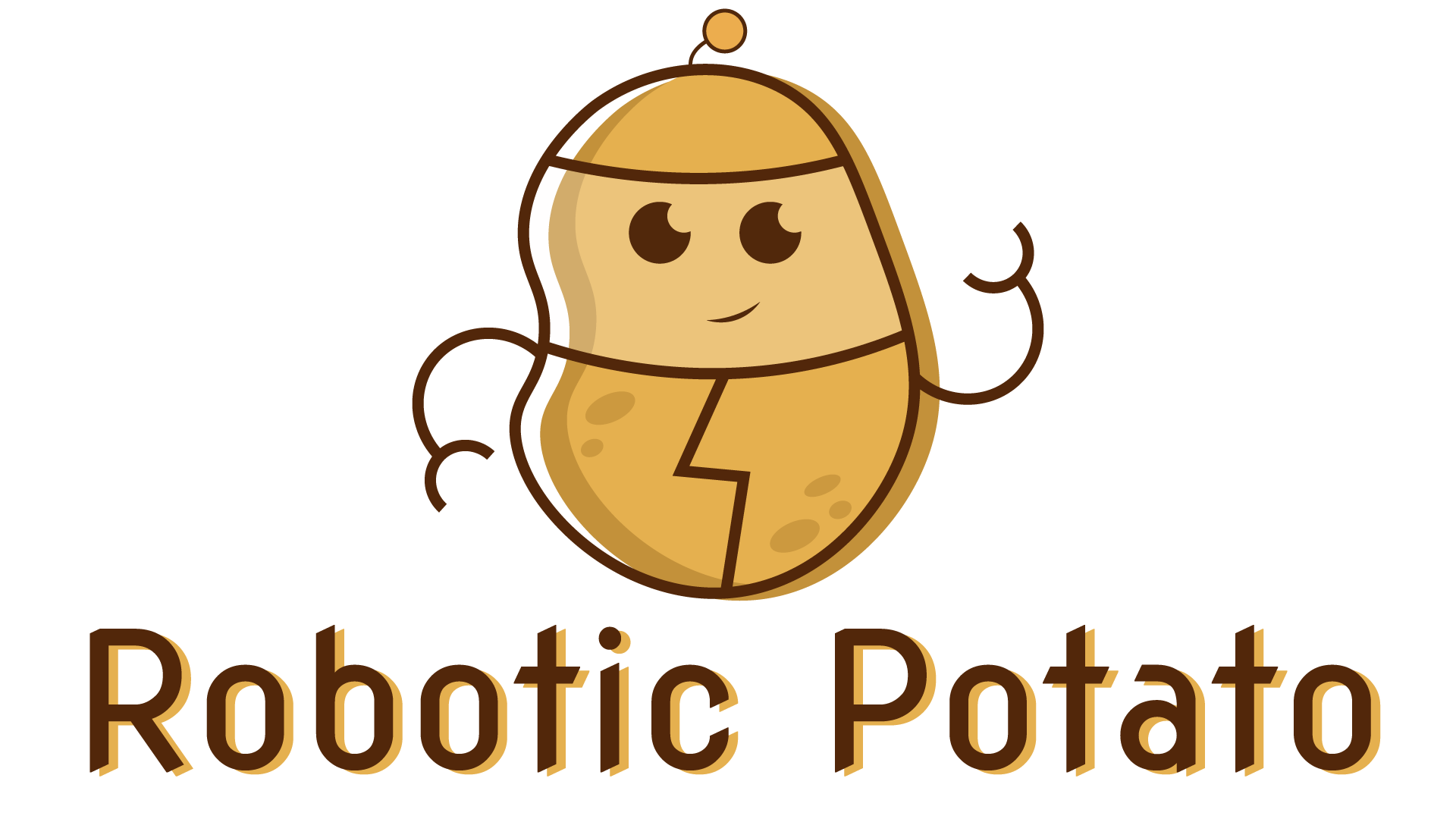“`html
As we delve deeper into the digital age, chatbot technology continues to evolve, offering incredible insights and enhancements in customer interaction. With advancements in Natural Language Processing (NLP) and Machine Learning (ML), chatbots are transforming the way businesses connect with their audience. From rule-based chatbots to intelligent conversational AI like ChatGPT, the landscape is rich with innovations. This article explores what powers these sophisticated chatbots, their types, capabilities, and future trajectories. Whether you’re curious about how Siri functions as a chatbot or interested in the latest trends for 2022 and beyond, this guide provides comprehensive insights into the chatbot technology innovations shaping today’s conversational AI landscape.
“`
What Technology is Used in Chatbots?
Chatbots utilize various technologies to understand user queries and respond accordingly.
- Natural Language Processing (NLP) : Enables chatbots to comprehend human language, allowing them to interpret intent and context.
- Machine Learning (ML) : Empowers chatbots to learn from interactions and adapt to user behavior, improving their accuracy and responsiveness.
- Conversational AI : Facilitates seamless communication between humans and machines, enabling chatbots to engage in context-dependent conversations.
- Speech Recognition : Allows chatbots to recognize and process spoken input, making them accessible through voice commands.
- Text-to-Speech (TTS) : Enables chatbots to convert written text into spoken words, enhancing user experience through auditory feedback.
- Intent Identification : Helps chatbots determine user intent behind their queries, facilitating more accurate and relevant responses.
- Entity Recognition : Enables chatbots to identify and extract relevant information from user input, such as names, dates, and locations.
- Dialogue Management : Coordinates chatbot responses to ensure coherent and context-aware conversations.
- Knowledge Graphs : Provides chatbots with a structured representation of knowledge, enabling them to access and retrieve relevant information.
- Emotional Intelligence : Empowers chatbots to recognize and respond to user emotions, fostering empathy and building trust.
These technologies work together to create sophisticated chatbots that can understand, respond, and adapt to user needs, revolutionizing customer service, support, and interaction.
Types of Chatbots
Chatbots can be categorized into four primary types based on their functionality, complexity, and purpose. These categories are essential in understanding how chatbots operate and their potential applications in various industries.
- Rule-Based Chatbots
- Machine Learning-Based Chatbots
- Hybrid Chatbots
- Conversational AI Chatbots
Rule-based chatbots rely on predefined rules and decision trees to respond to user queries. They are simple, easy to implement, and often used in customer service applications. Rule-based chatbots can handle basic tasks such as answering frequently asked questions, providing product information, and routing complex issues to human representatives.
Machine learning-based chatbots utilize machine learning algorithms to analyze user interactions and adapt to their preferences. These chatbots can learn from user behavior, improve their responses over time, and offer personalized experiences. Machine learning-based chatbots are commonly used in e-commerce, banking, and healthcare applications.
Hybrid chatbots combine rule-based and machine learning approaches to offer a more sophisticated user experience. They can leverage the strengths of both methods, providing a balance between simplicity and personalization. Hybrid chatbots are ideal for complex applications requiring a mix of automation and human-like interaction.
Conversational AI chatbots employ advanced natural language processing (NLP) and machine learning techniques to engage users in more human-like conversations. These chatbots can understand nuances in language, recognize emotions, and respond accordingly. Conversational AI chatbots are typically used in high-end applications such as virtual assistants, customer support, and enterprise-level chat platforms.
Each type of chatbot has its unique characteristics, advantages, and use cases. By understanding these differences, developers and businesses can choose the most suitable chatbot solution for their specific needs and goals.
What is the Technology Behind ChatGPT?
ChatGPT is a form of generative AI, a tool that lets users enter prompts to receive human-like images, text, or videos that are created by AI.
- The technology behind ChatGPT is based on a type of machine learning called transformer architecture, which enables the model to understand and generate human language.
- This architecture allows ChatGPT to process and analyze vast amounts of data, learn patterns, and generate responses that mimic human conversation.
Key Components of ChatGPT’s Technology:
- Transformer Model: A type of neural network designed specifically for processing sequential data, such as text or speech.
- Attention Mechanism: Allows the model to focus on specific parts of the input data when generating output, enabling it to better understand context and relationships between words.
- Large-Scale Training Data: Requires massive amounts of high-quality training data to learn and improve its language understanding and generation capabilities.
How Does ChatGPT Compare to Other AI Tools?
While ChatGPT shares similarities with other AI tools, such as automated chat services, it has several distinct features that set it apart.
- Conversational Interface: ChatGPT offers a conversational interface that allows users to interact with the model in a more natural and intuitive way.
- Human-Like Responses: The model generates responses that are designed to mimic human conversation, making it easier for users to engage with the platform.
Robotic Potato’s Take on ChatGPT:
We believe that ChatGPT represents a significant advancement in AI technology, offering a powerful tool for businesses and individuals looking to leverage the potential of generative AI.
As a leading authority on AI-powered applications and tools, we’re excited to explore the possibilities of ChatGPT and its potential impact on various industries and sectors.
Stay tuned for our upcoming reviews and analysis of ChatGPT and other AI tools, as we continue to push the boundaries of what’s possible with artificial intelligence.

The Main Purpose of Chatbots
Chatbots are designed to provide an automated way for customers to interact with a company, answering basic questions, making product recommendations, and offering customer support.
- They can handle a high volume of inquiries, freeing up human customer support agents to focus on more complex issues.
- Chatbots can operate 24/7, providing instant assistance to customers at any time of day or night.
- They can be integrated into various platforms, including websites, mobile apps, and messaging services, making it easy for customers to access support whenever they need it.
Key Features of Chatbots
Some common features of chatbots include:
- Natural Language Processing (NLP): allows chatbots to understand and respond to customer queries in a natural-sounding way.
- Machine Learning: enables chatbots to learn from customer interactions and improve their responses over time.
- Integration with CRM systems: allows chatbots to access customer data and provide personalized support.
Benefits of Using Chatbots
The benefits of using chatbots include:
- Improved customer satisfaction: chatbots can provide quick and efficient support, leading to increased customer satisfaction.
- Increased efficiency: chatbots can handle a large volume of inquiries, freeing up human customer support agents to focus on more complex issues.
- Cost savings: chatbots can reduce the cost of customer support by automating routine tasks and reducing the need for human intervention.
What Does a Chatbot Actually Do?
A chatbot is an automated conversational AI that simulates human-like conversations with users, providing support and assistance through various platforms, including web and mobile apps.
- The primary function of a chatbot is to respond to user queries and requests based on predefined rules, algorithms, and machine learning models.
- Chatbots can perform a variety of tasks, such as answering frequently asked questions, providing customer support, processing transactions, and even generating creative content.
- They can interact with users through text-based interfaces, voice commands, or even visual interfaces, making them accessible to a wide range of audiences.
Key Features of Chatbots
- Natural Language Processing (NLP): Chatbots use NLP to understand and interpret user input, allowing them to respond accordingly.
- Machine Learning: Many chatbots employ machine learning algorithms to improve their accuracy and responsiveness over time.
- Integration with Other Systems: Chatbots can integrate with various systems, such as CRM software, databases, and APIs, to access and share information.
Benefits of Using Chatbots
- 24/7 Availability: Chatbots can operate around the clock, providing users with instant support and assistance whenever needed.
- Cost Savings: By automating routine tasks and inquiries, chatbots can help reduce labor costs and increase operational efficiency.
- Personalization: Chatbots can offer personalized experiences to users, tailoring their interactions to individual preferences and needs.
Real-World Applications of Chatbots
- Customer Service: Chatbots are widely used in customer service to provide quick and efficient support to customers.
- E-commerce: Chatbots can assist users with product recommendations, order tracking, and payment processing.
- Healthcare: Chatbots are being used in healthcare to provide patients with medical information, appointment scheduling, and medication reminders.

Is Siri a Chatbot?
Siri is a virtual assistant developed by Apple that uses natural language processing (NLP) and machine learning algorithms to understand and respond to voice commands.
- Siri can perform various tasks such as setting reminders, sending messages, making phone calls, and playing music, among others.
- While Siri shares some similarities with traditional chatbots, its capabilities extend beyond simple conversation and into more complex interactions.
Distinguishing Features of Siri
Siri’s ability to learn and adapt to user behavior sets it apart from typical chatbots.
- Contextual Understanding: Siri can comprehend the context of a conversation and adjust its responses accordingly.
- Personalization: Siri learns users’ preferences and habits, enabling it to provide more tailored suggestions and recommendations.
- Integration: Siri seamlessly integrates with other Apple services and devices, allowing for a cohesive and streamlined user experience.
Comparison with Traditional Chatbots
While Siri shares some characteristics with chatbots, its advanced features and capabilities set it apart from traditional chatbot systems.
- Natural Language Processing: Siri employs sophisticated NLP techniques to understand and interpret human language, whereas traditional chatbots often rely on pre-programmed responses.
- Machine Learning: Siri’s machine learning capabilities enable it to learn and improve over time, whereas traditional chatbots typically operate within predetermined parameters.
Conclusion
In conclusion, Siri is a unique blend of virtual assistant and chatbot, leveraging advanced technologies to provide a seamless and personalized user experience.

0 Comments